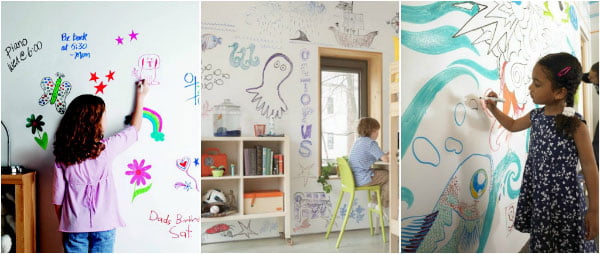
Entertaining the Family at Home Using a Whiteboard Painted Wall
Introduction: A whiteboard painted wall has countless applications in academics, business, and the professions, but it’s also an ideal medium for creating hours of family fun and entertainment in the home, providing a vast canvas for children’s drawings and doodles, games of tic-tac-toe, poems, original artwork, and an endless variety of other leisure-time pursuits for everyone in the household to enjoy. The following are some at-home games and other recreational activities that your family members, guests, and friends can engage in through the use of your whiteboard painted wall.
Whiteboard Tic-tac-toe
This familiar children’s game involves two players who take turns marking the spaces in a 3×3 grid with X’s and O’s. The player who successfully places three of his or her marks in a horizontal, vertical, or diagonal row wins the game. Tic-tac-toe is typically played with paper and pencil, but your whiteboard painted wall is ideal for playing the game many times over due to the ease with which the wall can be written on and erased, thus saving paper, eliminating waste, and helping conserve the environment while having fun at the same time.
In tic-tac-toe, the participants soon come to realize that the best response from both players results in a draw. For this reason, the game is usually played by young children, who haven’t yet learned the best strategy for winning, but who can nonetheless benefit from practicing good sportsmanship if they lose.
The Whiteboard Wall Hangman Game
Hangman is a guessing game for two or more players typically played with pencil and paper but is much more fun to play on the vast surface of your whiteboard painted wall. One player thinks of a word, phrase, or sentence and the other player or players try to figure out the answer by suggesting letters within a limited number of guesses. The answer is signified by a row of short lines that correspond to each of the answer’s letters. Typically, slang words and phrases and proper nouns, such as the names of people, geographical locations, movies, and brands cannot be used. If the player who is guessing suggests a letter that occurs in the answer, the other player writes that letter in all of its proper positions. And if the letter suggested doesn’t occur in the answer, the other player draws one part of a hanged man stick figure as a tally mark.
At any point in the game, the player guessing the answer can try to figure out the whole thing, and if he or she is right, the game ends and the guesser wins. If not, the other player can penalize the guesser by adding one part to the hangman figure. Conversely, if the guessing player makes enough erroneous guesses to allow his opponent to finish drawing the figure, the game is also over, and this time the guesser loses. However, the guesser can also win by guessing all the letters that are contained in the answer, thereby completing the word, before the diagram is finished.
If you prefer not to use the figure of a hanged man, you can use a different image or just keep a tally of the number of tries it took each player to fill in the blanks.
The Whiteboard Version of “Simon Says, Draw”
This is a great fun activity for teaching your children good listening habits and the ability to follow spoken instructions. To start, ask the children to go up to your whiteboard wall and give them several different colors of dry erase markers. Then, once the children are in front of the wall, markers in hand, give a command, such as, “Simon says, “Draw triangles,” and the children should draw triangles. Next, you might say something like “Simon says, trade markers,” “Simon says, draw stars,” “Simon says, draw a flower in the triangle,” or “Simon says, Draw Sun rays coming out of the triangle.” Try to make some instructions more specific than others; for instance, “Simon says draw a large blue square around the triangle.”Also include some instructions that don’t begin with ‘Simon Says’ like “Draw an oval in the bottom left corner of the triangle” to see how closely the children are listening! You can continue in this way until the kids are happy with what they’ve drawn or it’s time to do another activity.
If you like, you can draw the same images that the kids are drawing, and at the end of the game when you’ve finished drawing, get everyone to reveal their pictures and compare with one another to see how closely they match. It’s a great activity that doesn’t have to be competitive and is more like drawing from prompts given by a teacher in an art class.
Drawing Contest on a Whiteboard Painted Wall
In this activity, two or more children draw pictures of the same subject with dry erase markers on the whiteboard wall, in an attempt to produce the best drawing in the group. After the children finish drawing, a judge such as a parent or an older sibling decides which drawing is the best, and the winner receives a small prize as a reward and a way to promote self-confidence and self-esteem. To keep everyone happy, the other contestants may be given consolation prizes as well. If the children want to have a picture taken of their drawings, you can do so as an added benefit of the activity.
A well-chosen subject can take the drawing contest to a high level of excitement and help the children get really creative with their drawings. Ideas for subjects include a city of the future, scenery from the family’s backyard, a still life of a bowl of fruit, a collection of toys or sports equipment, a favorite cartoon, a movie or video game character, the family home, a treehouse, a pet, a favorite game, an underwater scene, a spaceship, and a futuristic vehicle.
Collaborative Poetry Writing on Whiteboard Wall
This activity involves the novel technique of having poems composed by more than one person that can stimulate children’s creativity. The process can also teach them the benefits of joining in a cooperative effort, and of literary composition as a way to express their thoughts and feelings. Collaborative poetry writing is used at colleges and universities and at various grade levels in schools, with the view of encouraging students to learn through group effort how all the members of our society are connected.
Collaborative poems may be written after your children read any piece of fiction or nonfiction. In the case of fiction, they will write from a specific character’s point of view. And with nonfiction, the point of view the children assume will be determined by the text and its topic, so it might be a figure from history or current events, an animal, a building, a geographical location, or an event from the past or present.
To get the children started, you can ask them to think about characters they might want to use as the “speaker” of their poem; that is, the character whose point of view the poem will be written from. Hopefully, they’ll come up with at least one character as the narrator of their poem that they both agree on. If not, they can write the poem from the viewpoint of two different characters, using a dialog format in which the characters speak to each other back and forth from line to line or stanza to stanza.
Collaborative poetry writing can help the children learn to write freely by giving a sense of play to the writing process. Writing in this way becomes a game, thus lessening their concern about “making it good.” The poetry writing should move quickly on the whiteboard walls and not be interrupted with too much erasing, and as the marker is passed from one child to the other, they learn to let go and act spontaneously. They may occasionally be surprised by an unexpected phrase they come up with or a flash of insight in the process of writing. They can get ideas from each other’s words and actions, in a congenial competition. In this way, the children can go beyond their usual boundaries and inspire each other to try new things.
After the poem is written, the final step is to write a title for the collaborative poem that reflects its theme. And if the children feel inspired, they can illustrate their poems with related drawings. You may be surprised by the quality of the final result


























































































![ReMARKable’s Winter Sale is Here! [25% Off + Free Shipping]](https://www.remarkablecoating.com/wp-content/uploads/2018/01/Red-Tag-Winter-Fashion-Facebook-Post-1-440x264.png)















![Drive Your Organization Into Openness and Watch it Expand [20% Off Whiteboard Paint]](https://www.remarkablecoating.com/wp-content/uploads/2016/04/Drive-Your-Organization-Into-Openness-and-Watch-It-Expand.-1-440x264.jpg)

![30% Off St Patrick’s Day Sale! [Details Inside]](https://www.remarkablecoating.com/wp-content/uploads/2016/03/Glorious-1-440x264.png)


![Giant Leaps Forward Require Big Spaces. [Leap Year Sale Event!]](https://www.remarkablecoating.com/wp-content/uploads/2016/02/Giant-Leaps-ForwardRequire-Big-Spaces-440x264.jpg)

















![ReMARKable Summer Sale 2018 [28% Off Whiteboard Paint]](https://www.remarkablecoating.com/wp-content/uploads/2018/06/Blue-Simple-Line-Beach-Facebook-Post-1-440x264.png)







































































































































































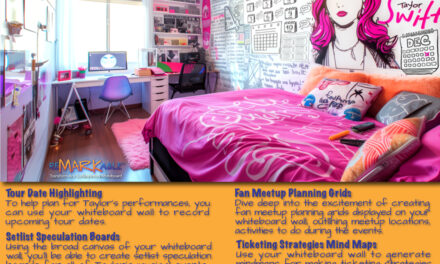



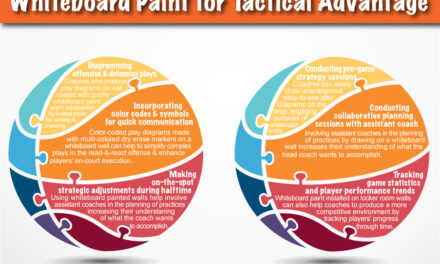
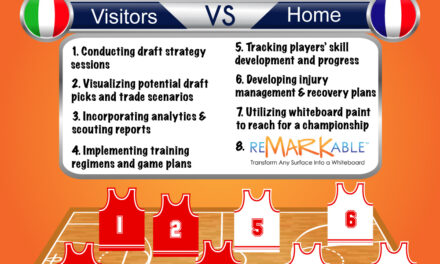




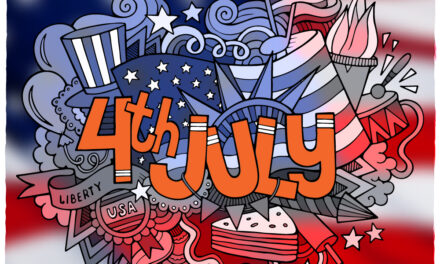








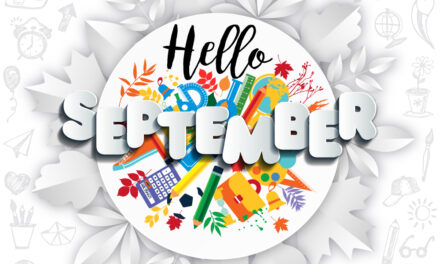



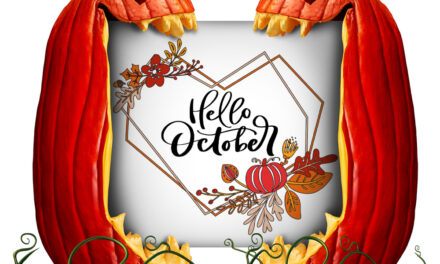





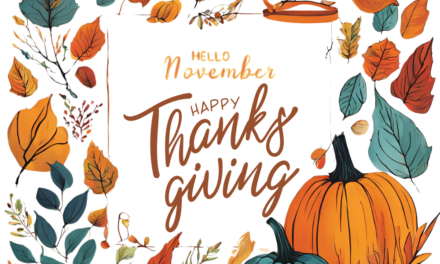
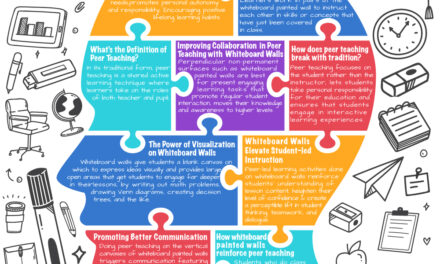
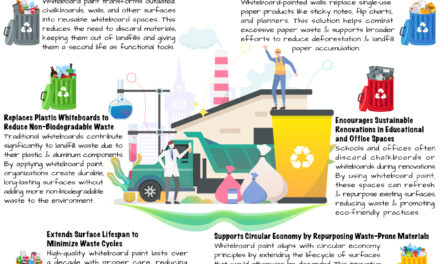

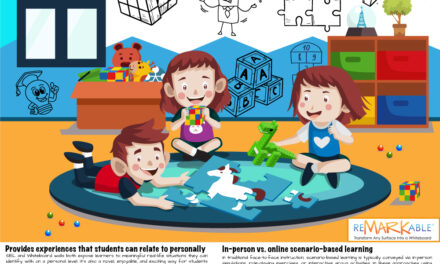

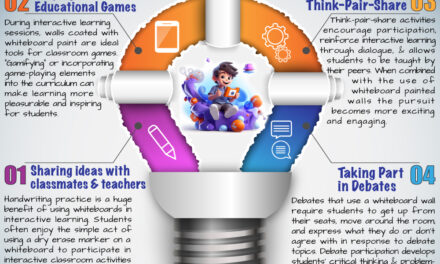
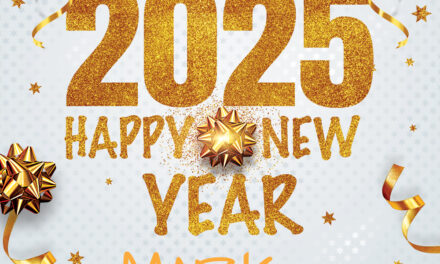



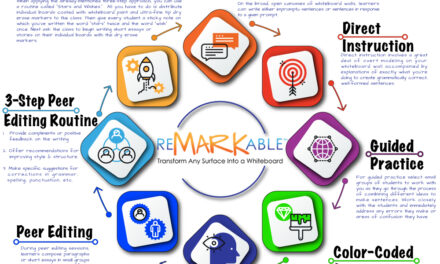






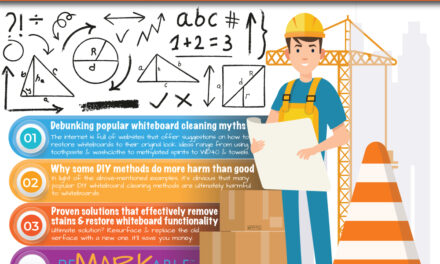


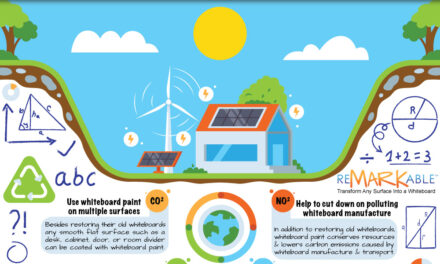
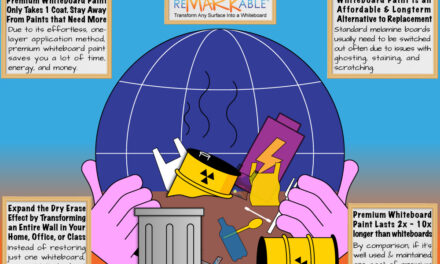

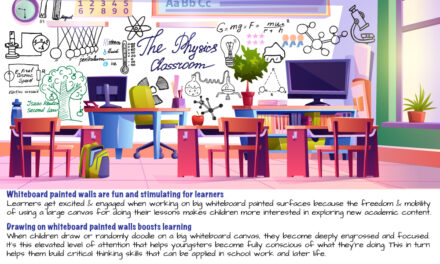
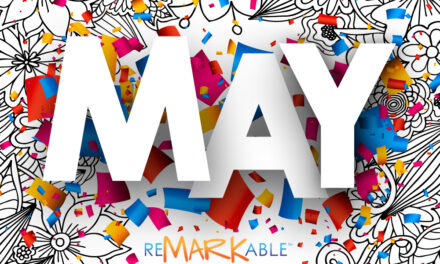

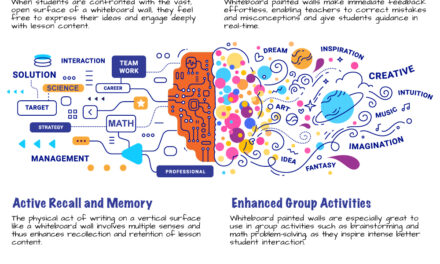
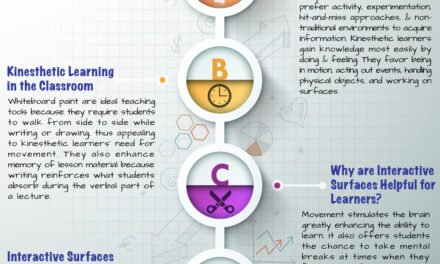



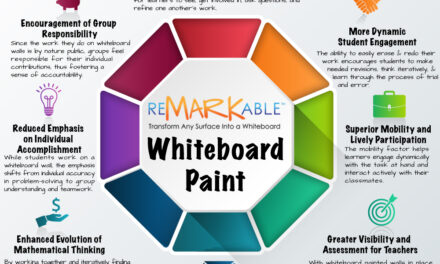
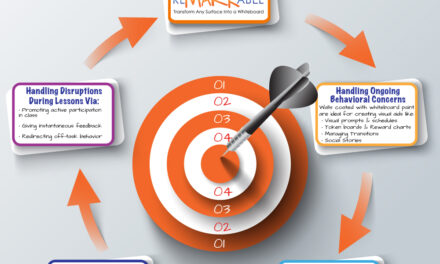
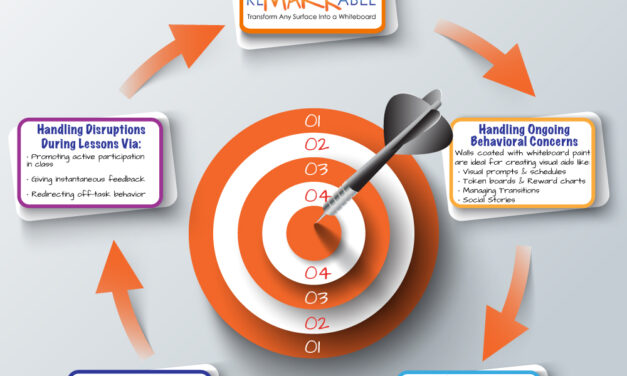
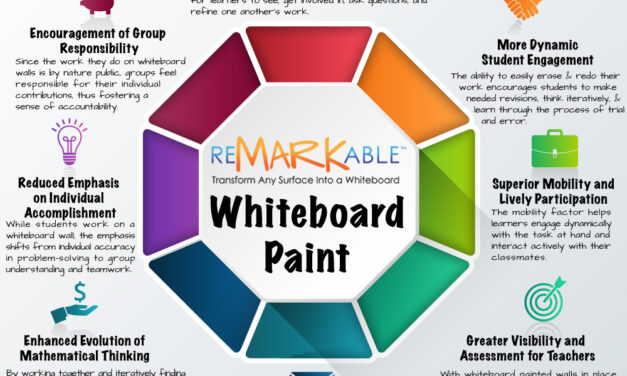


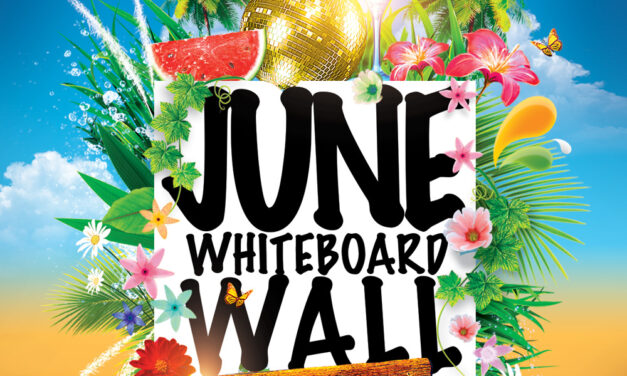
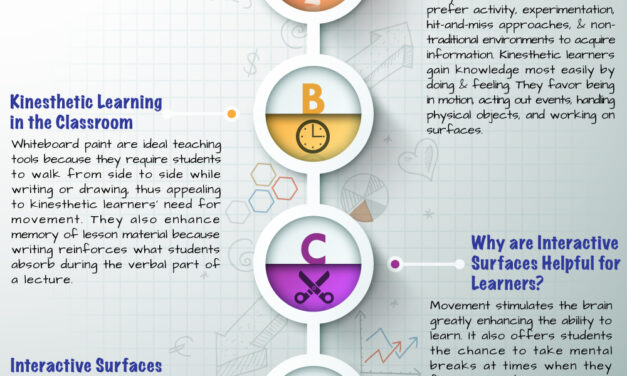








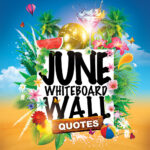
0 Comments